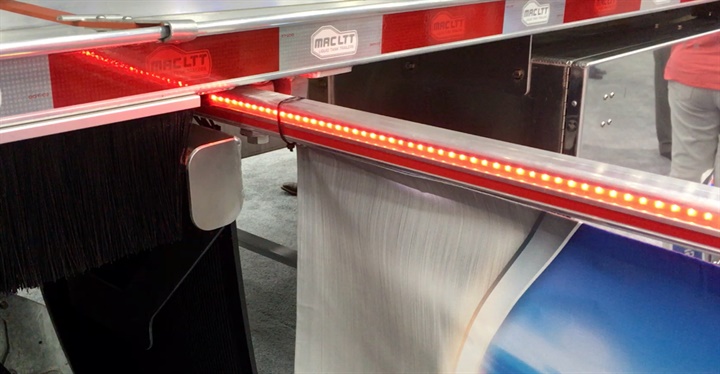<img width="150" src="http://www.automotive-fleet.com/fc_images/blogs/m-img-20170518-142833120-hdr.jpg" border="0" alt="
Stevadores unload containers from the Northern Magnum, a Panamax container ship, at Charleston. Photos: Tom Berg
">
Stevadores unload containers from the Northern Magnum, a Panamax container ship, at Charleston. Photos: Tom Berg
">If you want to see a busy place, visit the Port of Charleston, S.C. Container operations there are busier after the facility upgraded its automated gate identification to a faster system. Also, the port is seeing more container shipments to the U.S. East Coast since the enlarging of the Panama Canal.
Of course, containers move over highways on special chassis pulled by normal road tractors, which use that gate. Port authorities call each movement in or out a "truck mission." Within the port, the steel “boxes” are hauled by purpose-built tractors and trailers.
A group of us truck writers saw a lot of them on a recent visit to the port that was sponsored by Mack Trucks and arranged by one of its customers, Pat Barber, founder, president and CEO of Superior Transportation. He set up the tour with port officials, and Mack hired a bus to carry us through the sprawling facility.
The port also has break-bulk and RO-RO (roll-on, roll-off) operations. Barber's Macks and Kenworths haul machinery and other large, heavy cargoes to and from the break-bulk section using lowboy trailers, some of them with multiple axles.
Huge gantry cranes were unloading the Northern Magnum as our bus rolled up and we got off to watch. About once every minute or two, a steel “box” dropped onto a trailer and a rig moved briskly away, heading toward a “stack” where it would be temporarily stored. Such operations proceed until a ship is relieved of its many loaded containers and then reloaded with a mix of loaded and empty boxes for export. Like other busy ports, Charleston operates 24 hours a day.
Each Panamax-size ship like the one we saw carries 5,000 to 12,000 containers measured by 20-foot-equivalent








